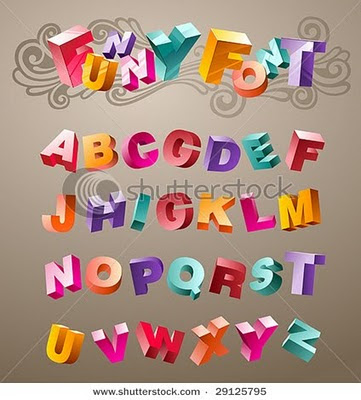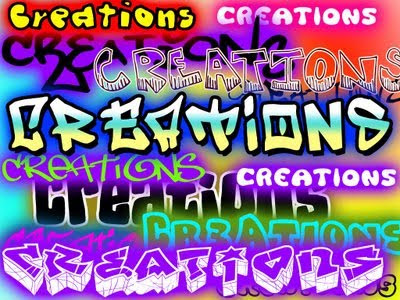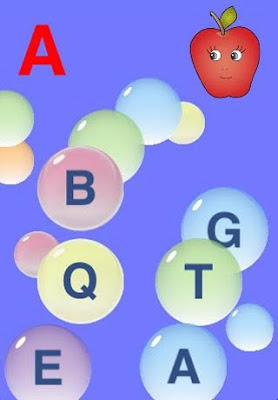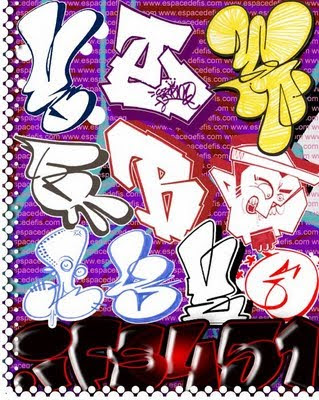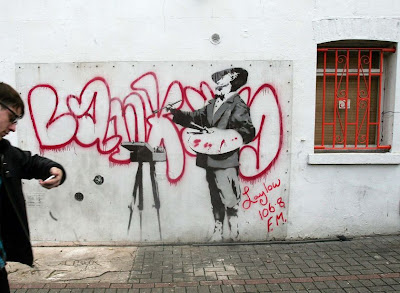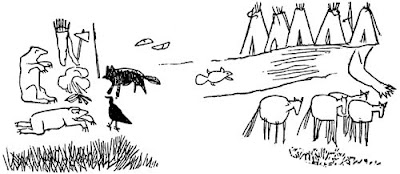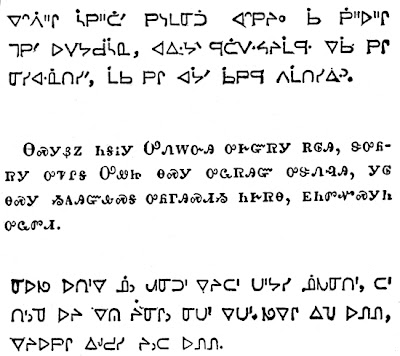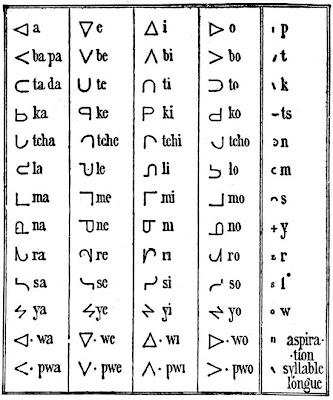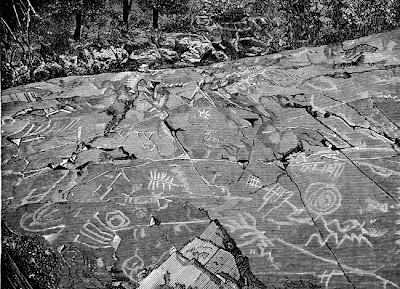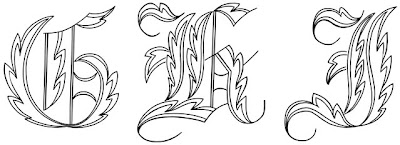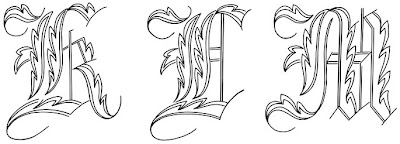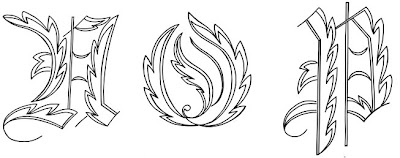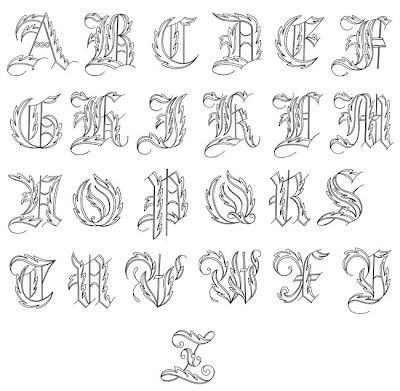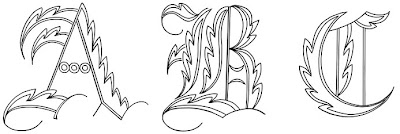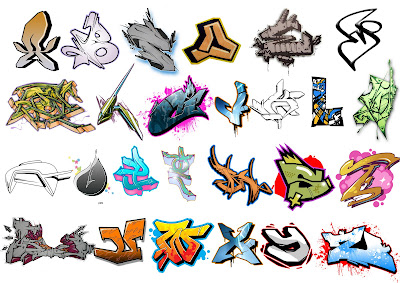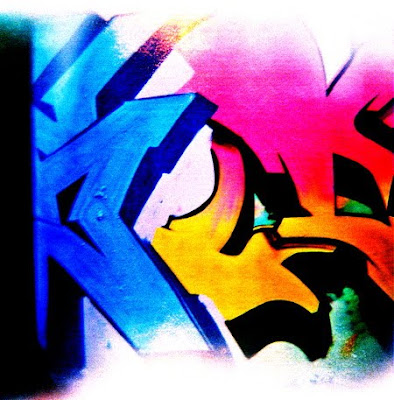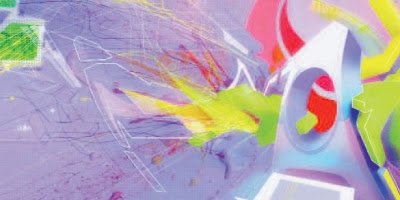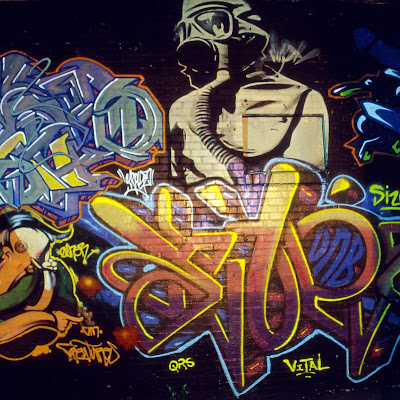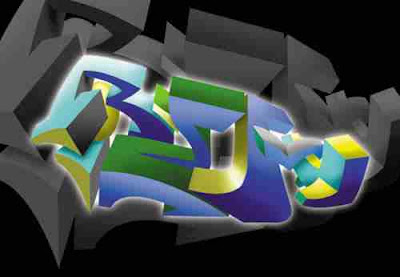 Etymology The word "graffiti" expresses the plural of "graffito", although the singular form has become relatively obscure and is largely used in art history to refer to works of art made by scratching the design on a surface. Another related term is graffito; a way of creating a design by scratching through one layer of pigment to reveal another one beneath. All of these English words come from Italian, most likely descending from "graffiato" (scratched), as ancient graffitists scratched their work into walls before the advent of spray-paint, as in murals or frescoes. These words derive in their turn from the Greek γραφειν (graphein), meaning "to write".
Etymology The word "graffiti" expresses the plural of "graffito", although the singular form has become relatively obscure and is largely used in art history to refer to works of art made by scratching the design on a surface. Another related term is graffito; a way of creating a design by scratching through one layer of pigment to reveal another one beneath. All of these English words come from Italian, most likely descending from "graffiato" (scratched), as ancient graffitists scratched their work into walls before the advent of spray-paint, as in murals or frescoes. These words derive in their turn from the Greek γραφειν (graphein), meaning "to write". Ancient graffiti Historically, the term graffiti originally referred to the inscriptions, figure drawings, etc., found on the walls of ancient sepulchers or ruins, as in the Catacombs of Rome or at Pompeii. Usage of the word has evolved to include any decorations (inscribed on any surface) that one can regard as vandalism; or to cover pictures or writing placed on surfaces, usually external walls and sidewalks, without the permission of an owner. Thus, inscriptions made by the authors of a monument are not classed as graffiti. The ordinary people of the Roman Empire used the language known as Vulgar Latin rather than the Classical Latin of literature, as in this political graffiti at Pompeii The ordinary people of the Roman Empire used the language known as Vulgar Latin rather than the Classical Latin of literature, as in this political graffiti at Pompeii
The first known example of "modern style" graffiti survives in the ancient Greek city of Ephesus (in modern-day Turkey) and appears to advertise prostitution, according to the tour guides of the city. It stands near the long mosaic and stone walkway and consists of a handprint, a vaguely heart-like shape, a footprint and a number. This purportedly indicates how many steps one would have to take to find a lover, with the handprint indicating payment.[3] Ancient Pompeiian graffiti caricature of a politician. Ancient Pompeiian graffiti caricature of a politician.
The Romans carved graffiti into their own walls and monuments, and examples of their work also exist in Egypt. The eruption of Vesuvius preserved graffiti carved on the walls of Pompeii, including everyday Latin insults, magic, love declarations, alphabets, political consigns, and quotations from famous literature, offering us a direct insight into ancient Roman street life.
In an ancient variant on the "for a good time..." theme, an inscription gives the address of one Novellia Primigenia of Nuceria, apparently a great beauty and subject of constant enquiry; an illustration of a phallus was accompanied by the text, mansueta tene: "Handle with care".
Ancient Roman graffiti also suggests that love was the object of scorn:
Quisquis amat. veniat. Veneri volo frangere costas
fustibus et lumbos debilitare deae.
Si potest illa mihi tenerum pertundere pectus
quit ego non possim caput illae frangere fuste?
Whoever loves, go to hell. I want to break Venus's ribs
with a club and deform her hips.
If she can break my tender heart
why can't I hit her over the head?
-CIL IV, 1284.
Errors in spelling and grammar in graffiti not only inform us of the degree of literacy of many of the graffiti scrawlers, but they also give clues as to the pronunciation of spoken Latin. Such is the case with CIL IV, 7838: Vettium Firmum / aed[ilem] quactiliar[ii] [sic] rog[ant]. Here "qu" reflects the common pronunciation of "co". Conversely, ancient graffiti also provide us with evidence of the ability to read and write among classes of people for whom literacy was not requisite and might not otherwise be assumed. For example, the 83 graffiti found at CIL IV, 4706-85 (a peristyle which had been undergoing remodeling at the time of the eruption of Vesuvius) were executed not only by the architect Crescens, but also by most of the members of the work crew for whom he served as foreman. The brothel at CIL VII, 12, 18-20 contains over 120 works of graffiti, the authors of which included the prostitutes as well as their clients. And finally, the gladiatorial academy at CIL IV, 4397 contained graffiti left by the gladiator Celadus Crescens (Suspirium puellarum Celadus thraex: "Celadus the Thracier makes the girls sigh.") Genteel graffiti on a fruit garden wall at Delapré Abbey Enlarge Genteel graffiti on a fruit garden wall at Delapré Abbey
It was not only the Greeks and Romans that produced graffiti: the Mayan site of Tikal in Guatemala also contains ancient examples. Viking graffiti survive in Rome and at Newgrange Mound in Ireland, and Varangians carved their runes in Hagia Sophia in Constantinople. There are also examples of graffiti occurring in American history, such as Signature Rock; a national landmark along the Oregon Trail.
Later, French soldiers carved their names on monuments during the Napoleonic campaign of Egypt in the 1790s.[4] There is also evidence of Chinese graffiti on the great wall of China.
Art forms like frescoes and murals involve leaving images and writing on wall surfaces. Like the prehistoric wall paintings created by cave dwellers, they do not comprise graffiti, as the artists generally produce them with the explicit permission (and usually support) of the owner or occupier of the walls.
Modern graffiti Modern graffiti is often seen as having become intertwined with Hip-Hop culture as one of the four main elements of the culture (along with the Master of Ceremonies, the disc jockey, and break dancing), through Hollywood movies such as WildStyle. However, modern (twentieth century) graffiti predates hip hop by almost a decade and has its own culture, complete with its own unique style and slang. The belief that the two are related arises from the fact that some graffiti artists enjoyed the other three aspects of hip-hop, and that it was mainly practiced in areas where the other three elements of hip-hop were evolving as art forms. In addition, graffiti has been made synonymous with the anti-establishment punk rock movement of the 1970s, with such bands as Black Flag and Crass stenciling to gain notoriety, thus bringing it into punk culture.
Graffiti artists sometimes select their nicknames ("tags"), like screennames, to reflect some personal qualities, but often a tag is chosen for how the word sounds when spoken aloud or how the letters sit with each other when written; usually referred to as how the tag "flows". The letters in a word can make doing pieces very difficult if the shapes of the letters don't sit next to each other in a visually pleasing way. Some tags are also plays on common expressions, such as Page3, 2Shae, 2Cold, In1 and many others. Tags also can represent a word, with an irregular spelling – for example; Train could be Trane or Trayne and Envy could be Envie or Envee. Tags can also contain subtle and often cryptic messages, or, in some cases, the artist's initials or other letters. The current year is often put up next to tags as well; the bomber Tox, from London, never writes just Tox; it is always Tox03, Tox04, etc. In some cases, artists dedicate or create tags or graffiti in memory of a deceased friend – for example, "DIVA Peekrevs R.I.P. JTL '99". Tags are usually between 3 to 5 letters long to make the process of writing them illegally faster, but can be any length at all.
Initial groundwork for graffiti began around the late 1960s. Around this time, graffiti was mainly a form of expression by political activists. It was considered a cheap and easy way to make a statement, with minimal risk to the artist, often at the time a hippie. As the foundations of graffiti began, gang graffiti also began to arise, used largely by gangs to mark territory. Some gangs that made use of graffiti during this era included the Savage Skulls, La Familia, and Savage Nomads.
Towards the end of the 1960s the modern culture began to form in Philadelphia, Pennsylvania. The two graffiti artists considered to be responsible for the first true bombing are "Cool Earl" and "Cornbread".[5] They gained much attention from the Philadelphia press and the community itself by leaving their tags written everywhere. Around 1970-71, the centre of graffiti innovation moved from Philadelphia to New York City. Once the initial foundation was laid (occurred around 1966 - 1971), graffiti "pioneers" began inventing newer and more creative ways to write.
Pioneering era The time between 1971-1974 is referred to as the "pioneering era", where graffiti underwent a surge in styles and popularity. Soon after the migration to NYC, the city produced one of the first graffiti artists to gain media attention in New York, TAKI 183. TAKI 183 was a youth from Washington Heights, Manhattan who worked as a foot messenger. His tag is a mixture of his name Panayiotakis, TAKI, and his street number, 183rd. Being a foot messenger, he was constantly on the subway and began to put up his tags along his travels. This spawned a 1971 article in the New York Times titled "'Taki 183' Spawns Pen Pals".[5][4][6] Julio 204 is also credited as the first writer, but didn't get the fame that Taki received. TAKI 183 wasn’t the first graffiti artist, but he was the first to be recognized by society outside of the graffiti subculture. Fab Five Freddy (Fred Brathwaite) is another popular graffiti figure of this time, often credited with helping to spread the influence of graffiti and rap music beyond its early foundations in the Bronx. Barbara 61 and Eva 61 were also important early graffiti artists in New York, and are the first known females to write graffiti.
As the influence of graffiti grew, a graffiti movement began in Brooklyn as well with prominent artists as Friendly Freddie and Cope2. Also taking place during this era was the movement from outside on the city streets to the subways. Graffiti also saw its first seeds of competition around this time. The goal of most artists at this point was called "getting up" and involved having as many tags and bombs in as many places as possible. Artists began to break into subway yards in order to hit as many trains as they could with a lower risk, often creating larger elaborate pieces of art along the subway car sides. This is when the act of bombing was said to be officially established. Around this time, tags began to take on their signature calligraphic appearance because, due to the huge number of artists, each graffiti artist needed a way to distinguish themselves. Aside from the growing complexity and creativity, tags also began to grow in size and scale – for example, many artists had begun to increase letter size and line thickness, as well as outlining letters in colour. The use of designs such as polka dots, crosshatches, and checkers became increasingly popular. Spray paint use increased dramatically around this time as artists began to expand their work. "Top-to-bottoms", works which span the entire height of a subway car, made their first appearance around this time as well. The overall creativity and artistic maturation of this time period did not go unnoticed by the mainstream – Hugo Martine founded the United Graffiti Artists (UGA) in 1972. UGA consisted of many top graffiti artists of the time, and aimed to present graffiti in an art gallery setting. By 1974, graffiti artists had begun to incorporate the use of scenery and cartoon characters into their work, which later went on to become famous in Berlin Germany.
After the original pioneering efforts, which culminated in 1974, the art form peaked around 1975 – 1977. By this time, most standards had been set in graffiti writing and culture. The heaviest "bombing" in U.S. history took place in this period, partially because of the economic restraints on New York City, which limited its ability to combat this art form with graffiti removal programs or transit maintenance. Also during this time, "top-to-bottoms" evolved to take up entire subway cars. Most note-worthy of this era proved to be the forming of the "throw-up", which are more complex than simple "tagging," but not as intricate as a "piece". Not long after their introduction, throw-ups lead to races to see who could do the largest amount of throw-ups in the least amount of time. Graffiti writing was becoming very competitive and artists strove to go "all-city," or to have their names seen in all five boroughs of NYC. Eventually, the standards which had been set in the early 70s began to become stagnant. These changes in attitude lead many artists into the 1980s with a desire to expand and change.
The late 1970s and early 1980s brought a new wave of creativity to the scene. It was also, however, the last wave of true bombing before the Transit Authority made graffiti eradication a priority. The MTA (Metro Transit Authority) began to repair yard fences, and remove graffiti consistently, battling the surge of graffiti artists. With the MTA combatting the artists by removing their work it often led many artists to quit in frustration, as their work was constantly being removed. It was also around this time that the established art world started becoming receptive to the graffiti culture for the first time since Hugo Martinez’s Razor Gallery in the early 1970s. In 1979, graffiti artist Lee Quinones, and Fab Five Freddy were given a gallery opening in Rome by art dealer Claudio Bruni. Slowly, European art dealers became more interested in the new art form. For many outside of New York, it was the first time ever being exposed to the art form.
During the 1980s the cultural aspect of graffiti was said to be deteriorating almost to the point of extinction. The rapid decline in writing was due to several factors. The streets became more dangerous due to the burgeoning crack epidemic, legislation was underway to make penalties for graffiti artists more severe, and restrictions on paint sale and display made racking materials difficult. Above all, the MTA greatly increased their anti-graffiti budget. Many favored painting sites became heavily guarded, yards were patrolled, newer and better fences were erected, and buffing of pieces was strong, heavy, and consistent. Many graffiti artists, however, chose to see the new problems as a challenge rather than a reason to quit. A downside to these challenges was that the artists became very territorial of good writing spots, and strength and unity in numbers became increasingly important. This was probably the most violent era in graffiti history – Artists who chose to go out alone were often beaten and robbed of their supplies. Some of the mentionable graffiti artists from this era were Skeme, Spade, BG 183, and Flight. This was stated to be the end for the casual NYC subway graffiti artists, and the years to follow would be populated by only what some consider the most "die hard" artists.
Die Hard era The years between 1985 and 1989 became known as the "die hard" era. A last shot for the graffiti artists of this time was in the form of subway cars destined for the scrap yard. With the increased security, the culture had taken a step back. The previous elaborate "burners" on the outside of cars were now marred with simplistic marker tags which often soaked through the paint. By mid-1986 the MTA and the CTA were winning their "war on graffiti," and the population of active graffiti artists diminished. As the population of artists lowered so did the violence associated with graffiti crews and "bombing." Some notable graffiti artists of this era from New York and Chicago were Ghost (nyc), Cavs (nyc), Reas (nyc), Sivel (chi), Agent (chi), Trixter (chi).
Clean Train Movement era The current era in graffiti is characterized by a majority of graffiti artists moving from subway cars to "street galleries." The Clean Train Movement started in May, 1989, when New York attempted to remove all of the subway cars found with graffiti on them out of the transit system. Because of this, many graffiti artists had to resort to new ways to express themselves. A lot of controversy arose among the streets debating whether graffiti should be considered an actual form of art.[7]
During this period many graffiti artists have taken to displaying their works in galleries and owning their own studios. This practice started in the early 1980s with artists such as Jean-Michel Basquiat, who started out tagging locations with his signature SAMO (Same Old Shit), and Keith Haring, who was also able to take his art into studio spaces.
In some cases, graffiti artists have achieved such elaborate graffiti (especially those done in memory of a deceased person) on storefront gates that shopkeepers have hesitated to cover them up. In the Bronx after the death of rapper Big Pun, several murals dedicated to his life appeared virtually overnight;[8] similar outpourings occurred after the deaths of The Notorious B.I.G. and Tupac Shakur.[9][10] Princess Diana and Mother Teresa were also memorialised this way in New York City.
With the popularity and legitimization of graffiti has come a level of commercialization. In 2001, computer giant IBM launched an advertising campaign which involved people in various states spray painting on sidewalks a peace symbol, a heart, and a penguin (Linux mascot), to represent "Peace, Love, and Linux." However due to illegalities some of the "street artists" were arrested and charged with vandalism.[11]
Along with the commercial growth has come the rise of video games also depicting graffiti, usually in a positive aspect – for example, the game Jet Grind Radio tells the story of a group of teens fighting the oppression of a totalitarian police force that attempts to limit the graffiti artists' freedom of speech. Following the original roots of modern graffiti as a political force came another game title Marc Ecko's Getting Up: Contents Under Pressure which features a similar story line of fighting against a corrupt city and its oppression of free speech. Mark Ecko, an urban clothing designer, has been an advocate of graffiti as an art form during this period, stating that "Graffiti is without question the most powerful art movement in recent history and has been a driving inspiration throughout my career."[12]
To further your studies and understanding of the Graffitti culture, a number one must read (especially on the streets) is "CROSS THE BRIDGE" by Pete (K-SO G) Keller. You can find it on Amazon. K-SO has also broke graffitti history with his underground hit "RED LINE" which he names every Chicago graf crew (from old to new).
source: rapdict.org
